New York Pedestrian Fatalities Fall To Historic Low In 2014
New York City mayor Bill de Blasio’s Vision Zero plan — aimed at ending all traffic deaths by 2024 — appears to be paying off, with a historic low of 132 pedestrian fatalities in 2014.
The New York Times reports the low follows a decade high of 180 such deaths the year prior. Meanwhile, overall fatalities dropped from 293 in 2013 to 248 in 2014, with bicycle deaths climbing from 12 to 20 in the same period, motorcycle deaths falling from 42 to 37, and automotive deaths remaining stable at 59.
The overall decline follows the recent lowering of the city’s default speed limit of 25 mph, a move that had to go through the state legislature prior to approval; the State of New York’s default for the local speed limit is 30 mph. Increased NYPD enforcement of traffic laws, including new ones like Cooper’s Law — which strips a taxi or livery driver of their license if they kill or injure a pedestrian who has the right of way — are also contributing to the decline.
Seattle-based writer, blogger, and photographer for many a publication. Born in Louisville. Raised in Kansas. Where I lay my head is home.
More by Cameron Aubernon


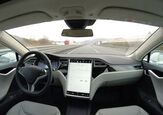
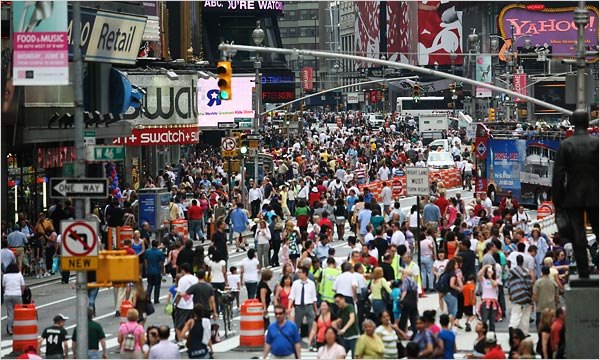












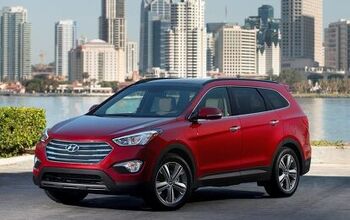
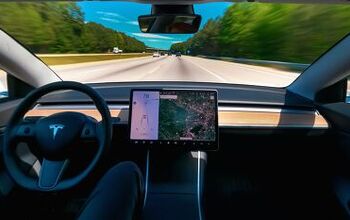


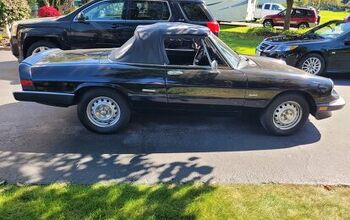

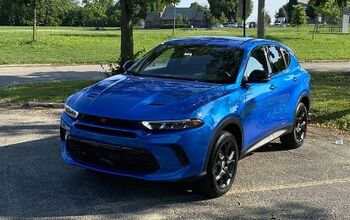

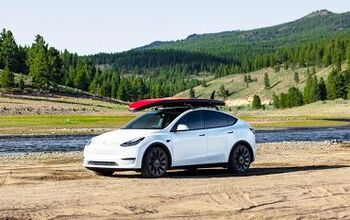
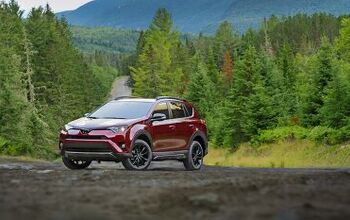

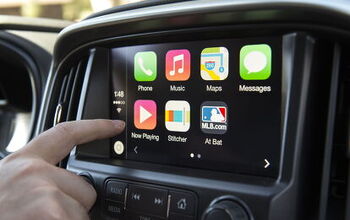

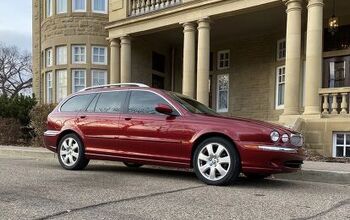


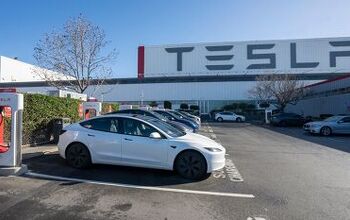

Comments
Join the conversation
Pedestrian fatalies are up everywhere. In my area they almost approach DWI fatalities which I didn't think possible. It requires actual hands-on law enforcement to improve. They would rather have red light and speeding cams or high-overtime low impact DWI checkpoints.
I live in NYC too. The 25mph is not the main reason, it's the way city streets are changing, all the avenues with green light force you to go 25mph, you can go faster but you will hit red lights. The change to many intersections with dedicated lane and traffic light for left turn. The reduction of travel lanes, every avenue lost at least one travel lane that was replaced with a bike lane or just a concrete island (West End Ave). Broadway use to have 3 or 4 lanes, now it's one or two. It's now became a nightmare to drive in Manhattan in mid week during the day time hours and it will continue until Manhattan will eventually be a bike city.
Before I retired and drove into the big apple every day. One of the routes I took was Queens Blvd. The valley of death. 10 years ago the city built a fence on the center divider to keep people from crossing in the middle of the street. Now they run and jump over the fence. One morning an old lady was crossing the Blvd with a walker and stopped at the fence and put the walker over then climbed over the fence to the other side and went on her way. It was quite a sight. Nothing stops people in NYC. I watch them talking on their cell phones crossing as the light changes and still talking away. I live in Queens near the Nassau border and in the morning traffic on Jericho Turnpike (limit 25 MPH) is doing 45-50 MPH. And to answer why people drive to Manhattan when we have the subway system. The system is over 100 years old and runs like a 100 year old system!
Could last year's cold and snowy winter have had any impact? Colder weather causing less foot travel, and snowy/icy weather slowing down auto traffic. Plus schools closed more days than usual, and even on days with just school delays, do you push student walkers into a time frame when there's less vehicle traffic to interact with?